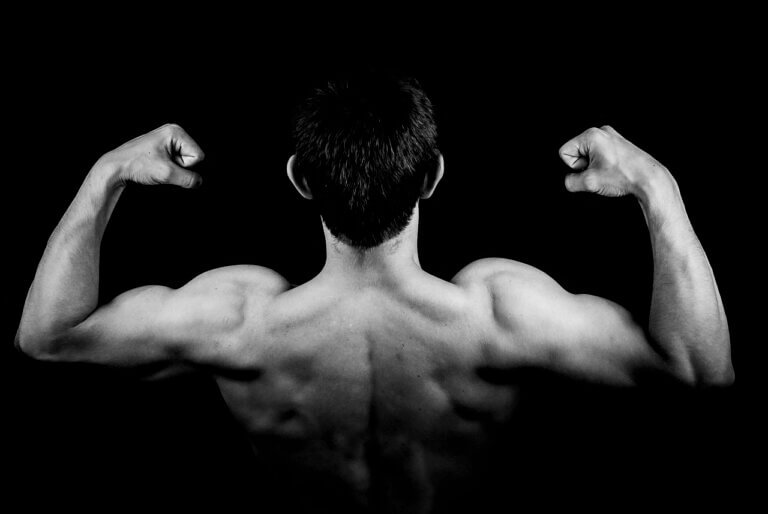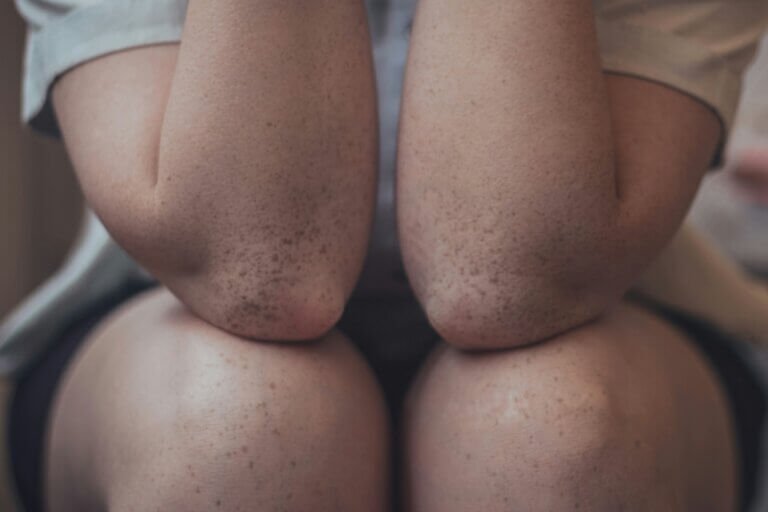
As an expert in fitness and wellness, I understand the concerns and uncertainties that can arise when it comes to experiencing chest pain during pushups. In my years of experience, I’ve encountered individuals who have faced pushup woes, questioning whether this seemingly simple exercise could be the cause of their discomfort.
Pushups are a staple in many workout routines, known for their effectiveness in building upper body strength and endurance. However, when chest pain enters the equation, it can be alarming and raise questions about the safety and impact of this exercise on our bodies.
In this blog post, we will delve into the topic of pushup woes and explore the potential reasons behind chest pain during pushups. From improper form and muscle strain to underlying health issues, we will uncover the factors that may contribute to discomfort during this exercise.
My goal is to provide clarity and guidance to help you navigate through any concerns or challenges you may face while performing pushups. By understanding the possible causes of chest pain during pushups and learning how to address them, you can continue to pursue your fitness goals with confidence and peace of mind.
1-Can Your Chest Hurt from Doing Pushups?
The short answer is yes, your chest can hurt from doing pushups. Pushups primarily work your chest muscles, specifically the pectoralis major and minor. These muscles are responsible for movements such as pushing and lifting. When you perform pushups, you are essentially contracting these muscles repeatedly, which can lead to muscle fatigue and soreness. This is normal after a good workout.
2-Can Exercise Cause Chest Pain?
While exercise is generally good for your health, it can also cause chest pain in some cases. Chest pain is one of the most common symptoms experienced during physical activity. This can be due to a variety of reasons such as poor form, underlying medical conditions, or overexertion. It’s important to pay attention to any chest pain you experience during exercise and seek medical advice if it persists or worsens.
3-Where Does it Hurt After Push-ups?
Chest pain during pushups can manifest in different ways. Some people may experience a dull, achy sensation in their chest muscles, while others may feel sharp or stabbing pains. The pain may also spread to the arms, shoulders, and upper back. If you experience severe or persistent chest pain that does not subside with rest, seek medical attention immediately.
4-Which Push-ups Affect Chest Pain?
Any pushup variation can potentially cause chest pain if not performed correctly. However, certain types of pushups may put more strain on your chest muscles than others. For example, decline pushups, where your feet are elevated, can increase the load on your chest and shoulders, leading to greater muscle soreness. Additionally, explosive plyometric pushups, where you push off the ground with force, can also contribute to chest pain.
5-Common Causes of Chest Pain During Pushups
Aside from overexertion and poor form, other factors can contribute to chest pain during pushups. These include preexisting medical conditions such as heart problems or muscle imbalances in the chest and back muscles. Dehydration, lack of warm-up, and inadequate rest between sets can also increase your risk of experiencing chest pain during pushups.
6-How to Prevent Chest Pain During Pushups
The good news is that with proper precautions, you can reduce your chances of experiencing chest pain during pushups. One essential step is to ensure that you have a strong foundation in basic pushup form. This means properly engaging your core, keeping your head and neck in a neutral position, and having a straight line from your head to your heels. Gradually increase the number of pushups you do over time to avoid overexerting your muscles. Additionally, incorporating stretching and foam rolling into your warm-up routine can help prevent muscle soreness.
Scrollable
7-What to Do if You Experience Chest Pain During Pushups
If you experience chest pain during pushups, stop immediately and take a break. Apply ice or a cold compress to the affected area to reduce inflammation and soreness. Gently stretch your chest muscles to alleviate tension. If the pain persists, consider modifying your workout routine or consulting with a doctor. Don’t push through the pain as it could lead to further injury.
8-The Importance of Proper Form in Preventing Chest Pain
Proper form is crucial not only for preventing chest pain during pushups but also for maximizing your results. When you perform pushups with incorrect form, you not only put yourself at risk of injury but also miss out on the full benefits of the exercise. Take the time to learn and practice proper form to get the most out of your pushup routine.
9-How to Modify Pushups to Reduce Chest Pain
If you consistently experience chest pain during pushups, it may be time to modify your approach. This could mean doing fewer reps or sets, adjusting the angle of your body, or trying different variations such as incline pushups. It’s important to listen to your body and make changes accordingly. You can also seek guidance from a personal trainer or fitness professional to help you modify your pushup routine.
10-When to Consult a Doctor About Chest Pain During Pushups
If you experience severe or persistent chest pain during pushups, it’s important to seek medical advice. This is especially true if you have a history of heart problems or other underlying health conditions. A doctor can assess your symptoms and provide recommendations for safe and effective workouts.
Additional Tips for a Safe and Effective Pushup Routine
- Always warm up before starting your pushup workout to prep your muscles and reduce the risk of injury.
- Ensure optimal hydration by consuming ample water before, during, and post your workout session.
- Pause between sets to grant your muscles time to recuperate and regain strength.
- Don’t push yourself too hard too fast. Gradually increase the intensity and difficulty of your pushup routine over time.
- Engage your core and maintain proper form throughout the entire movement.
- If you have any underlying health conditions, consult with a doctor before starting a new exercise routine.
- Incorporate other chest exercises into your routine to avoid overexerting the same muscles.
- Know your limits and don’t be afraid to modify or skip pushups if you’re experiencing pain or discomfort.
- Pay attention to your body’s signals and allocate sufficient rest and recuperation periods amid your workout sessions.
- Don’t compare yourself to others. Everyone’s fitness level is different, so focus on your own progress and improvement.
- Lastly, remember to have fun and enjoy the process of building strength and endurance through pushups. So keep these tips in mind and get ready to conquer those pushups with confidence. Keep pushing for a stronger you.
Overall, chest pain during pushups can be a common issue, but it’s important to address it and take necessary precautions to prevent injury and discomfort. With proper form, modifications, and listening to your body, you can continue to incorporate pushups into your workout routine for a stronger and healthier body. As with any exercise, it’s important to prioritize safety and self-care. Keep pushing for progress and enjoy the journey towards a fitter you.
11- Conclusion
Pushups are an excellent exercise for strengthening your upper body and core muscles. While it’s normal to experience some muscle soreness during and after pushups, chest pain should not be ignored. Make sure to use proper form, listen to your body, and seek medical attention if necessary. With these precautions in mind, you can continue incorporating pushups into your workout routine for a healthier and stronger body. So next time you hit the mat for some pushups, remember to listen to your body and take care of yourself. Happy pushing.





